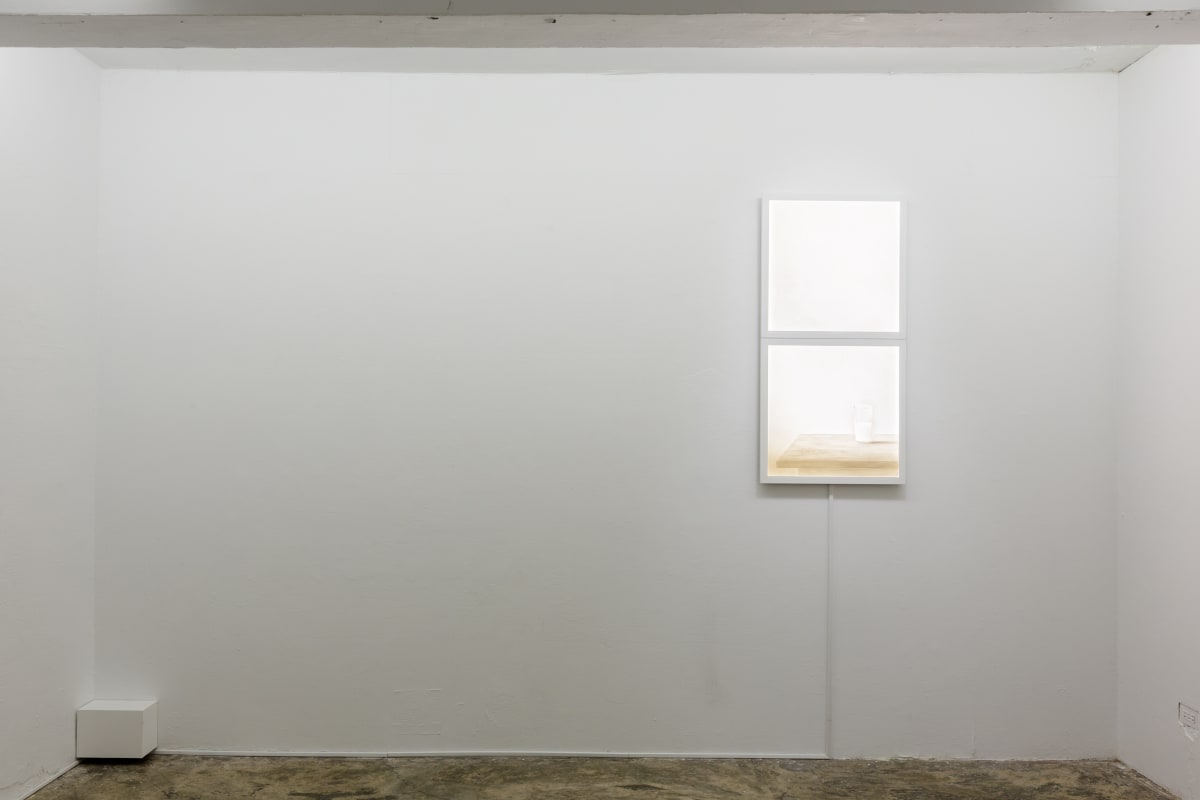91 Square Meters of Time: Wu Chi-Yu Solo Exhibition
How much time does an exhibition space hold? How does the narrative invoke differences in perception due to the change of velocity in time?
The narrative of the moving image, due to the nature of the medium, compels the viewer to spend more time accessing the interior narrative within the work. This interior narrative could be an imagination, a segment of history, or another universe. There is great difference, however, between the temporal sense in the intrinsic perceptual space of the work, and the physical space that harbors the moving image. And it is precisely this difference that embodies the process of visualizing the temporal sense within the moving image, through the presentation in a physical space, based on the perception of time. Unfurling a narrative within the moving image, Wu Chi-Yu reflects the imagination of a political community and the sphere it inhabits through human memory. In this way he conceives an intangible realm where multiple layers of time reside, breeding a visual narrative that echoes a distinctive worldview.
91 Square Meters of Time is a narrative comprising three series which examine the concepts of time, space, and velocity in the moving image. When we amble through the antiquarian room in a museum, the distance between the first and last book on the shelf epitomizes history in its most condensed form, written, edited, and produced into an object of paper. Such distance substantiates hundreds of years, manifesting a tangible timeline consisted of volumes that span eras. In Four Centuries in An Afternoon (2017), the artist transforms the timeline of the moving image into palpable form by juxtaposing books, photographs, and fossils on a long table, constructing a boundless narrative where the temporal sense so elusive in the moving image becomes tactile. Under this premise, the interiority of his work gravitates toward a metaphor and imagination that crystallize through reality and a reflection of history.
The work Refraction (2015) incarnates the Lanyu elders’ interpretation of the inception of the island, which is located off the southeastern coast of Taiwan. Though belonging to the same political community, Lanyu and Taiwan are separated by ocean, fostering a way to see one another through the lens of a stranger. This difference in perception is precisely the disruption and uncertainty residing between space and local history. Set against the backdrop of the Third Taiwan Strait Crisis in 1996, when every family was in front of the TV, watching as the fleeting flame crash into the ocean, the work Nosedive (2017) considers how the crashing Mach 5 missile that would have drastically change the island’s destiny, instantly compressed space due to the sense of speed in the footage, further breaking the historical impasse and creating a surreal imagination.
Wu Chi-Yu
Being concerned with the varied connections between history, politics, the individual, and the collective in contemporary society, his practice revolves around the moving image, looking for contemporary narratives in lost memory through the reproducing of oral history and myths. He is also involved in different collaboration projects of installation, video installation, and performance, in an attempt to bridge postmodern history and contemporary life. Wu Chi-Yu received a master’s degree in new media art from the Taipei National University of the Arts in 2011. He participated in several residence programs between 2014 and 2015, including at the Rijksakademie van beeldende kunsten in Amsterdam, Netherlands; Seoul Art Space Geumcheon, Korea; and Baan Noorg, Ratchaburi, Thailand. He has exhibited in the Taipei Biennial, Taipei, Taiwan (2016); 2nd China Central Academy of Fine Arts Future Exhibition, Beijing, China (2015); and Fest — New Directors/New Films Festival, Espinho, Portugal (2015).













